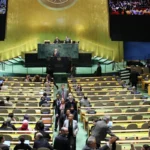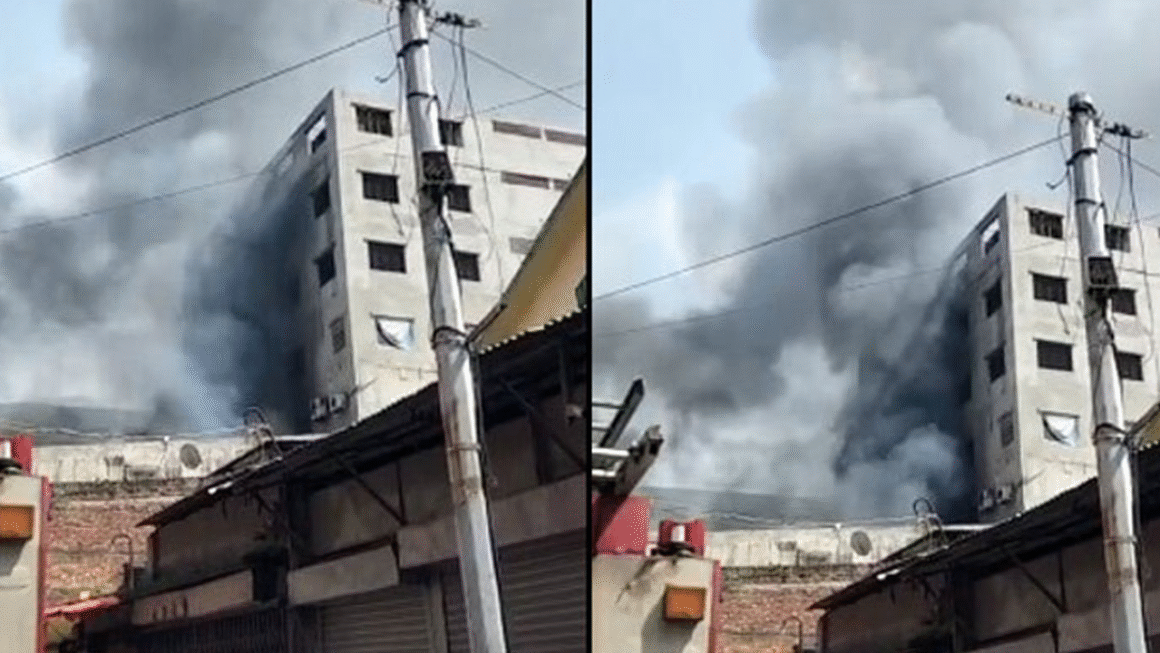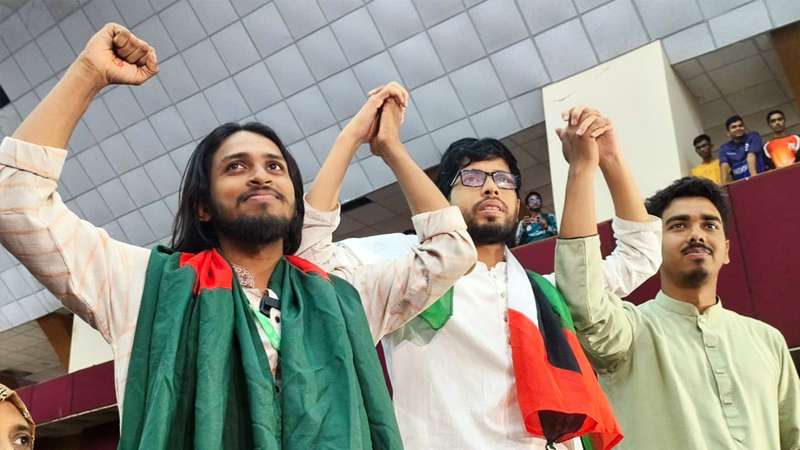Egarsindhur Durgo: A Hidden Historical Treasure of Bangladesh-
Egarsindhur Durgo is a lesser-known yet historically significant archaeological site in Bangladesh, located in the Pakundia Upazila of Kishoreganj District. This ancient fort, shrouded in mystery and legend, speaks of a past filled with power struggles, cultural grandeur, and architectural brilliance. In this blog, we delve into the rich history, cultural heritage, and archaeological value of Egarsindhur Durgo while ensuring SEO best practices to make this content more discoverable online.
Historical Background of Egarsindhur Durgo-
Egarsindhur Durgo stands as a silent sentinel to the past, rooted in the rich history of Bengal. The region of Egarsindhur itself was once a prosperous city, a trading hub that thrived due to its strategic position near the Brahmaputra River. Historians believe the fort dates back to at least the 8th century, with architectural elements that suggest multiple renovations and expansions over centuries.
During the reign of the Bengal Sultanate and later the Mughals, Egarsindhur served as a strategic stronghold. Local legends speak of fierce battles fought here between regional rulers, with the fort often changing hands. The remnants of the fort are scattered, yet they still hold undeniable architectural significance.
Architectural Significance of Egarsindhur Durgo-
Although much of the fort is now in ruins, visitors can still observe various structural components that reflect the military and civic planning of its time. The defensive walls, large water tanks, underground tunnels, and foundations of old buildings reflect the architectural prowess of ancient Bengal.
Some of the structures within or near the Egarsindhur Durgo complex include:
- The Egarsindhur Mosque: Believed to be built in 1680, this mosque is adorned with terracotta designs and traditional Islamic motifs.
- Old Temples and Monuments: Several dilapidated temples near the site indicate religious diversity and coexistence in ancient Egarsindhur.
- Graves and Mazars: Mausoleums of ancient rulers and saints give spiritual and cultural importance to the area.
The overall layout of the Egarsindhur Durgo hints at a fortified city that was not only used for defense but also for governance and daily living.
Cultural and Religious Harmony Reflected in Egarsindhur Durgo-
Egarsindhur Durgo is a symbol of cultural integration. During its heyday, the fort and its surrounding area were inhabited by people of different faiths. Muslims, Hindus, and Buddhists are believed to have lived in harmony, as evident from the variety of religious structures.
The annual Urs held at some of the mazars draws pilgrims from different parts of the country. Similarly, locals celebrate various cultural festivals that reflect the vibrant and harmonious past of the region.
Egarsindhur Durgo and the Legends of War-
Egarsindhur is not just a historical site but also a source of numerous local myths and war stories. One famous legend revolves around Isa Khan, the powerful Baro-Bhuiyan leader, who used Egarsindhur Durgo as a strategic post during his resistance against Mughal expansion.
The river-based naval battles, secret escape tunnels, and hidden war chambers associated with the fort have become a part of local folklore, making Egarsindhur a subject of curiosity and admiration.
Archaeological Value of Egarsindhur Durgo-
Archaeologists and historians have long called for further excavation and preservation of Egarsindhur Durgo. Despite being recognized for its historical value, the site has yet to be properly maintained. Broken walls, overgrown vegetation, and the lack of signage make it difficult for tourists to appreciate the full scale of the fort’s importance.
Discoveries from the site include:
- Pottery shards from the Sultanate period
- Ancient bricks with engravings
- Coins and tools
- Inscriptions in Arabic and Sanskrit
These findings indicate that Egarsindhur was once a thriving multicultural city with a blend of indigenous and foreign influences.
Egarsindhur Durgo in Modern Times-
Today, Egarsindhur Durgo is slowly gaining popularity among history lovers and explorers. Local initiatives and heritage enthusiasts have started campaigns to promote the site as a tourist destination. However, much needs to be done to protect this national treasure.
Tourists visiting Kishoreganj often miss out on Egarsindhur due to lack of awareness and infrastructure. Proper roads, tourist information centers, and guided tours could vastly improve the experience.
How to Reach Egarsindhur Durgo-
Egarsindhur Durgo is located in the Pakundia Upazila of Kishoreganj District. The nearest major city is Dhaka, from where visitors can take buses or trains to Kishoreganj town.
From Kishoreganj, local transport such as CNG auto-rickshaws or microbuses can take you to Egarsindhur village. The site is best visited during winter when the roads are dry and the weather is pleasant.
Why Egarsindhur Durgo Deserves National Attention-
Bangladesh is home to many historical sites, but not all receive the attention they deserve. Egarsindhur Durgo is one such place that remains in the shadows despite its rich history, architectural wonder, and cultural diversity.
Promoting Egarsindhur Durgo can boost local tourism, create employment, and instill a sense of pride among the local people. It also opens up educational opportunities for students and researchers interested in archaeology and South Asian history.
Conclusion: Preserving the Past for a Better Future-
Egarsindhur Durgo is not merely a ruined fort—it is a gateway to understanding the diverse and complex history of Bangladesh. From being a hub of trade and religion to becoming a battlefield of freedom and resistance, this ancient site holds stories waiting to be told.
Preserving and promoting Egarsindhur Durgo is essential—not just for historians or tourists, but for every Bangladeshi who values the roots of their cultural identity. Let us come together to protect this forgotten gem and give it the respect and attention it truly deserves.
FAQs-
What is the historical importance of Egarsindhur Durgo in Bangladesh?_
Egarsindhur Durgo holds historical importance due to its strategic role during the Sultanate and Mughal periods. It was a center of trade, culture, and military defense, and has links to figures like Isa Khan.
Where is Egarsindhur Durgo located and how can tourists visit it?_
Egarsindhur Durgo is located in Pakundia, Kishoreganj. Tourists can reach the site from Dhaka by train or bus, and then use local transport to get to the fort.
What kind of architectural elements are found at Egarsindhur Durgo?_
The site features ancient mosque structures, remnants of walls, tanks, underground tunnels, temples, and tombs that showcase Mughal and Sultanate architecture.
What makes Egarsindhur Durgo different from other forts in Bangladesh?_
Unlike many other forts, Egarsindhur Durgo showcases a fusion of various cultures and religions, and its layout suggests a multifunctional usage—military, civic, and spiritual.
Are there any legends or folklore associated with Egarsindhur Durgo?_
Yes, local legends speak of battles led by Isa Khan and stories of secret tunnels and hidden treasures within the fort, making it a site of mystery and intrigue.
What steps should be taken to preserve Egarsindhur Durgo?_
Proper archaeological excavation, restoration of structures, tourism infrastructure development, and government recognition are key to preserving Egarsindhur Durgo.
Can Egarsindhur Durgo become a tourist attraction?_
Absolutely. With adequate promotion, maintenance, and awareness campaigns, Egarsindhur Durgo can become a major historical tourism site in Bangladesh.
Is Egarsindhur Durgo mentioned in school or university curriculum in Bangladesh?_
Although not widely included, history and archaeology departments at some universities may reference it. Greater inclusion could raise awareness among students.













